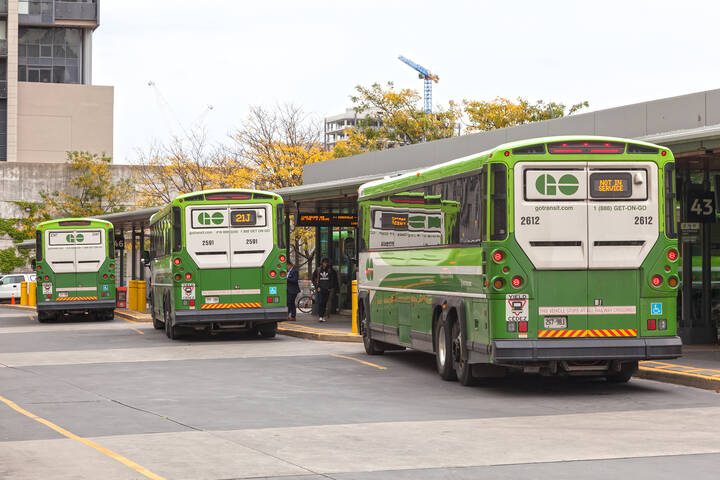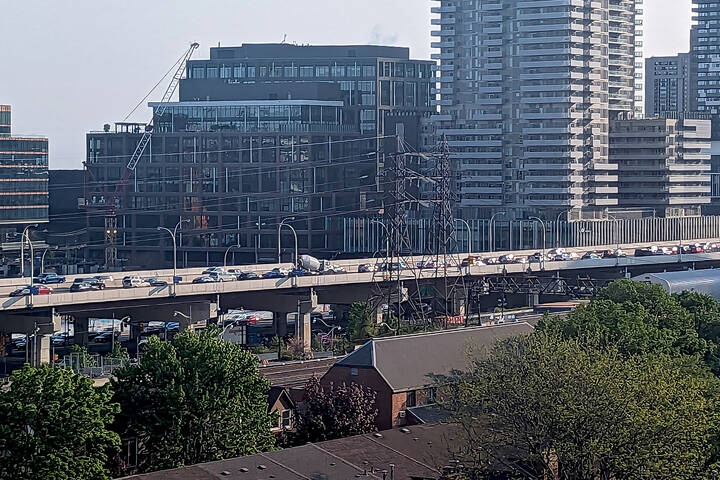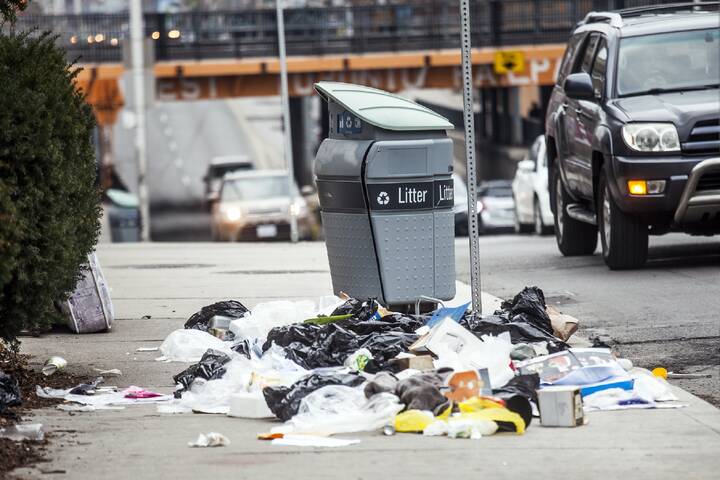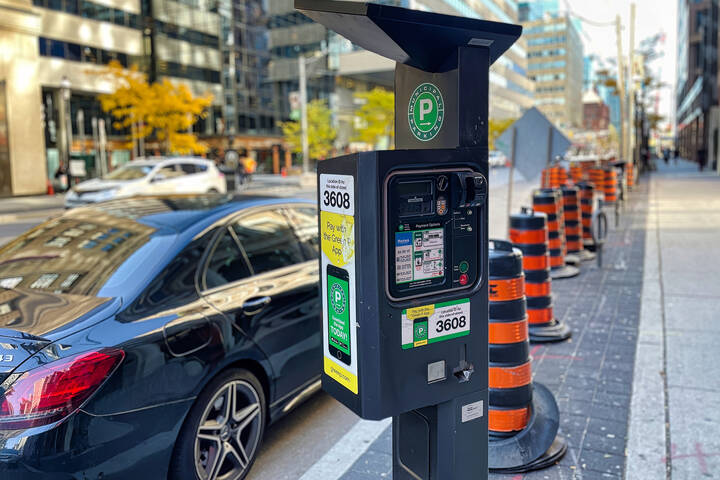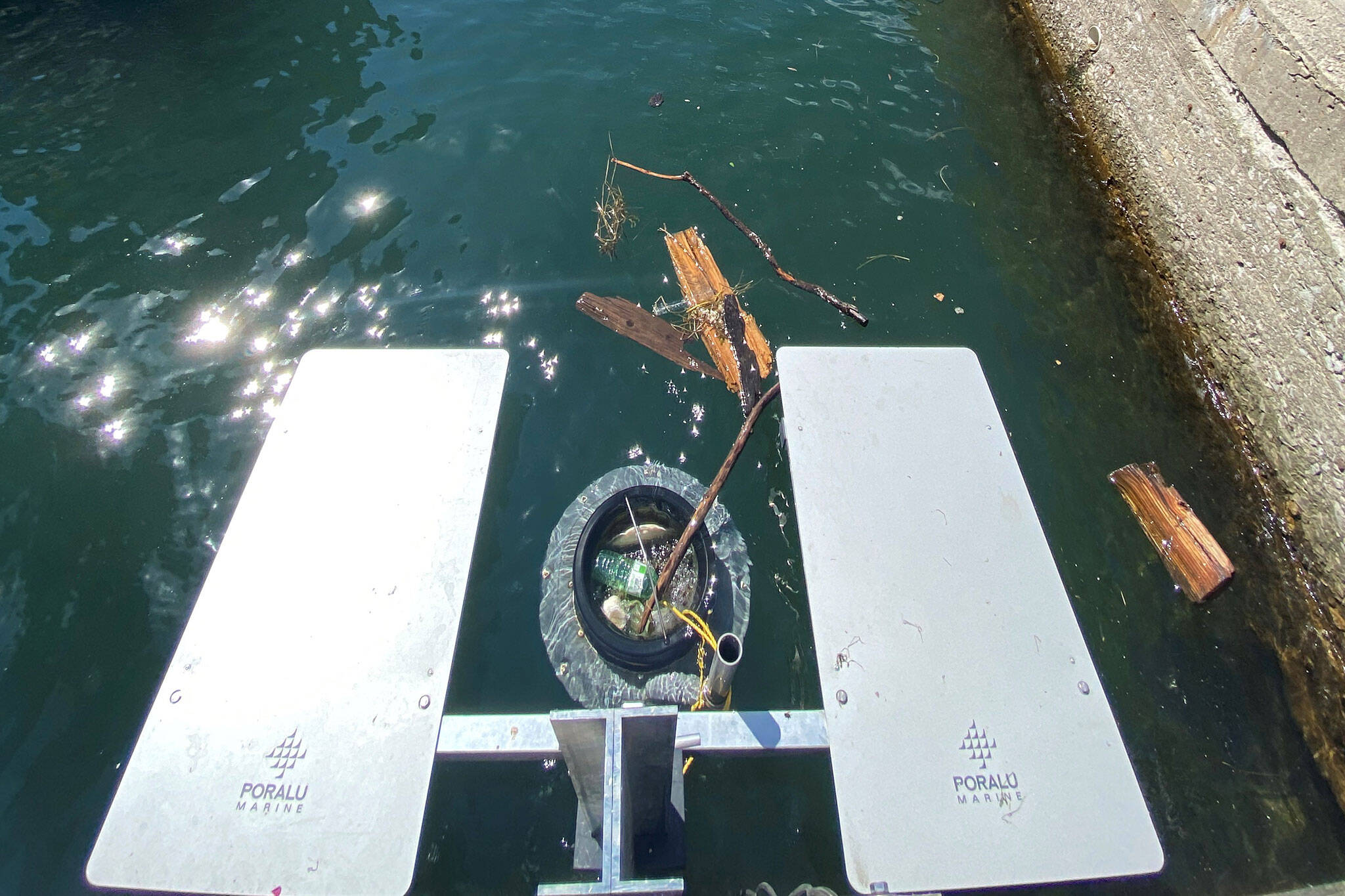
Almost 100K pieces of plastic trash removed from Toronto harbour in just 4 months
Toronto's harbour may no longer be the smelly polluted mess it was through much of the 20th century, but the marine gateway to the city still has a long way to go in terms of cleanliness.
PortsToronto and the University of Toronto Trash Team (which is a real thing I did not just make up) have been scrubbing the harbour clean through its Seabins program, and just ten of these floating, trash-sucking bins managed to divert almost 100,000 pieces of plastic pollution from the harbour in just four months.
The team behind the Seabins project announced on Tuesday that it had scooped up a staggering 92,891 small pieces of plastic pollution from the harbour during a four-month stretch of 2022.
Microplastics measuring smaller than five millimetres were the most common item collected by count, though the 118 kilograms of human debris recovered also included larger items like hundreds to thousands of pieces of hard plastic fragments broken off from larger items, along with packaging waste, cigarette buts, and plastic straws.
The results are in! 📊
— PortsToronto (@PortsToronto) February 7, 2023
Seabins in @PortsToronto’s Trash Trapping Program Network removed nearly 100,000 small pieces of #plasticpollution from the Toronto Harbour in 2022. pic.twitter.com/5ZoQEH7Zuv
If you're looking for a more relatable measure of just how much plastic trash that is, the U of T Trash Team tweeted that the weight of the plastic collected is equivalent to about 17 of Toronto's iconic trash pandas.
Total waste diverted from all methods was 96,208 pieces of litter & 118 kg of #anthropogenic debris. By weight, that's nearly 40,000 #SingleUse plastic spoons (or ~17 #raccoons). 🦝@PortsToronto @TRCA_hq @WaterfrontBIA @CityofToronto @swimdrinkfish @OurOcean pic.twitter.com/OfDJGuUDPb
— U of T Trash Team 🦝 (@UofTTrashTeam) February 7, 2023
In addition to all sorts of consumer waste, one of the top ten items collected by the Seabins were "fatbergs," which are (and this is going to get pretty gross) congealed masses formed by the combination of fat, grease, and wastewater materials like "flushable" wipes and diapers.
More than 100 fatbergs were collected by the network of Seabins during this four-month stretch, typically found after major storm events with heavy rainfall.
Dr. Chelsea Rochman, Head of Operations at the U of T Trash Team, calls 2022 "a big year" for the study, deploying research assistants who "worked daily throughout the summer to empty PortsToronto's Seabins and quantify and characterize what we diverted from Lake Ontario."
#DATA TIME! Last summer our students monitored #litter in the #Toronto harbour using Seabins, LittaTraps and skimming by hand. For each method, we quantified & characterized to inform source reduction. Download the 2022 results and keep your eyes here all week for highlights.
— U of T Trash Team 🦝 (@UofTTrashTeam) February 7, 2023
As impressive as this haul may be, researchers estimate that roughly 10,000 metric tonnes of waste enter the Great Lakes system each year, and the Seabin program is merely a research tool and not a solution to a much wider environmental issue.
Though the program has successfully removed hundreds of thousands of pieces of plastic from the harbour since launching in 2019, it would probably take a deployment several orders of magnitude greater to even make a dent in the growing problem of plastic waste in the Great Lakes.
PortsToronto
Latest Videos
Latest Videos
Join the conversation Load comments
